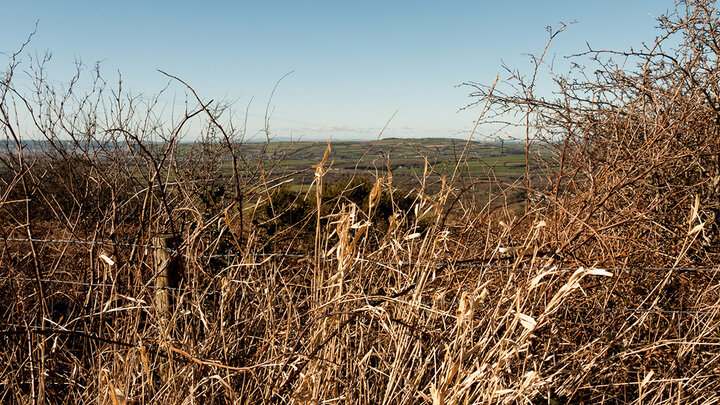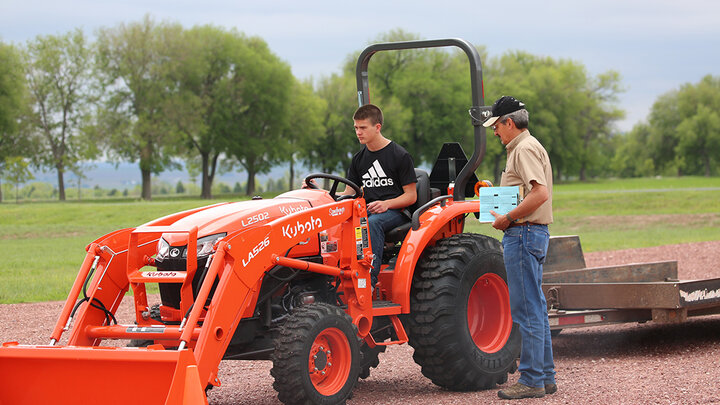
The Hail Storm: Why Here? Why Now?
By Tyler Williams, Former Extension Cropping Systems and Climate Resiliency Educator, and Al Dutcher, Former Associate State Climatologist

Hail impacts many communities and industries each year, causing annual economic losses in excess of $1 billion. Hail can occur anywhere in the world; however, the topography and geography of the United States favor the development of tornadoes and strong hail-producing thunderstorms. Hail forms when warm updrafts in thunderstorms carry raindrops upward into extremely cold areas of the atmosphere (Figure 1). It is estimated that the updraft needs to be more than 80 mph for baseball size hail (2.75 inches) to develop.
The highest chances for hail on any given day in the U.S. are in late spring and early summer in the Great Plains. The higher elevation of the Great Plains allows the freezing level in the atmosphere to be closer to the ground, which helps hailstones grow larger than in other parts of the country (Figure 2).
Late Season Hail
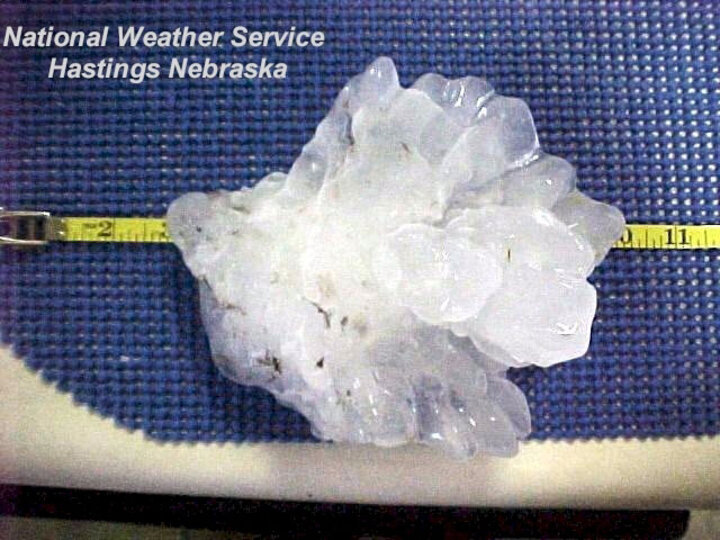
Most hail events in Nebraska occur from May to July (Figure 3); however, in September 2015 late season hail was quite destructive. That month there were 80 hail reports in Nebraska, accounting for 18% of all hail reports in 2015. That is near the long-term average for July. The timing of a September hail storm is the most concerning issue. Soybeans that are at, or past maturity, shatter on impact from even relatively small hail stones and are a complete loss. Corn is a little more durable than soybeans at this point in the season, but large hail can break off ears and stalks, especially in mature crops that are brittle.
Hail is never a good sight, but late-season hail after all of the hard work and money has been invested, can be devastating. If you face this challenge, see these tips for combining downed corn.
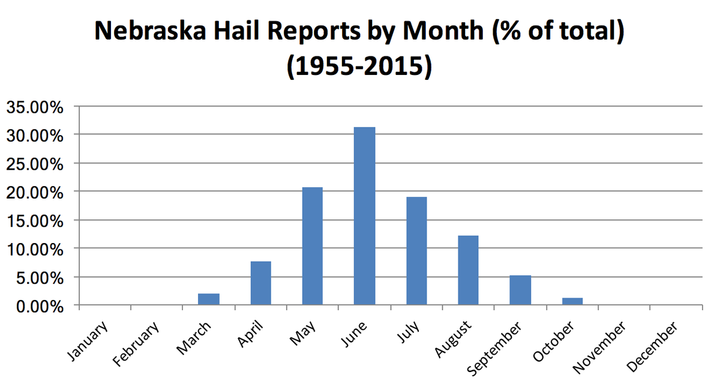
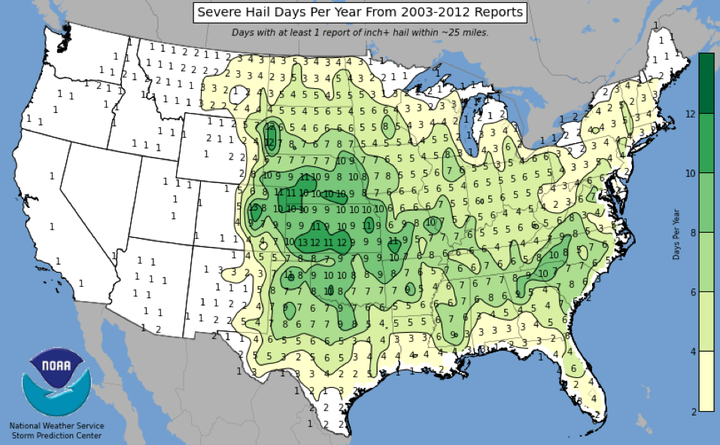
Resources
An Objective High-Resolution Hail Climatology of the Contiguous United States, John L. Cintineo, Travis M. Smith, and Valliappa Lakshmanan, Harold E. Books, and Kiel L. Ortega, 2012.
High Plains Regional Climate Center
Midwest Regional Climate Center
Storm Prediction Center – Warning Coordination Meteorologist Introduction
Infographic: Hail Events and Damage >

MEET THE TEAM

This project was funded by a USDA National Institute of Food & Agriculture Smith-Lever Special Needs Grant with matching funds from the University of Nebraska–Lincoln.



